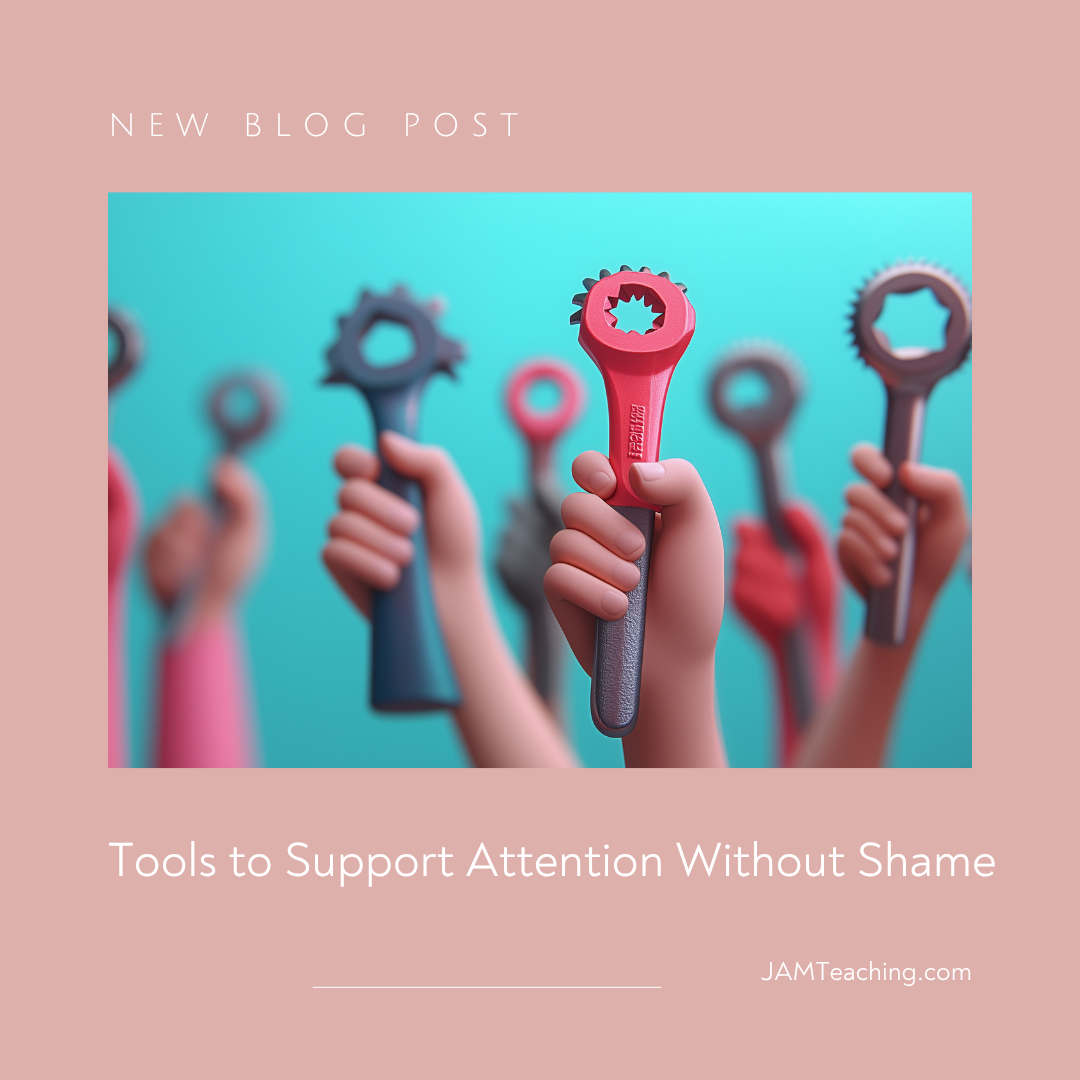
In today's classrooms, diversity in learning styles is more evident than ever. Understanding and adapting to these differences is crucial for both teachers and parents. It's reassuring to know that differentiated instruction, one of the most effective strategies, is available to meet the diverse needs of students.
- Multisensory Instruction: This approach engages multiple senses—sight, sound, and touch—to help students process and retain information. For example, when teaching spelling, children might see the word, say it out loud, and trace it in sand. This method reinforces learning through multiple channels, making it particularly effective for students with dyslexia or other learning differences.
- Flexible Grouping: Grouping students based on their abilities or learning styles for certain activities allows them to work at their own pace and receive targeted instruction. This can be done through small groups, pairs, or even individual activities.
Parents can replicate this at home by setting up study groups or playdates to encourage collaborative learning.
- Project-Based Learning: This strategy allows students to explore real-world problems and challenges through hands-on projects. It encourages critical thinking, problem-solving, and teamwork.
Parents can support this by involving children in household projects that require planning, research, and execution, such as gardening or organizing a family event.
By incorporating these strategies, educators and parents can create a more inclusive learning environment that respects and supports each child's unique learning style. Reach out to JAM Teaching and Consulting for more tips and strategies!












.png)